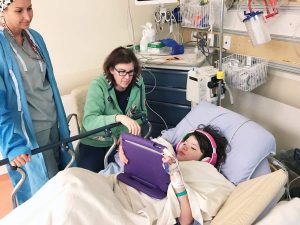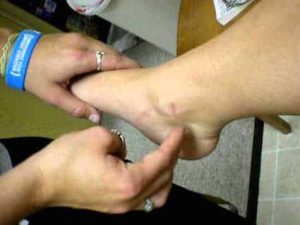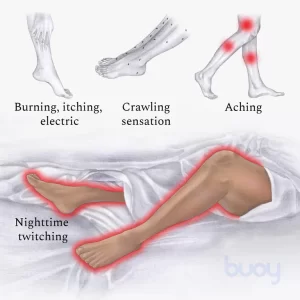
Patients with paralysis, whether due to spinal cord injury, nerve injury, or other causes, require special considerations when undergoing surgery to ensure their safety and optimal outcomes. Here are some important surgery considerations for paralyzed patients:
- Preoperative evaluation: A thorough preoperative evaluation should be conducted to assess the patient’s overall health, level and extent of paralysis, functional status, and any specific considerations related to their paralysis. This may involve reviewing the patient’s medical history, conducting a physical examination, and performing relevant diagnostic tests, such as imaging studies, as needed.
- Neurological assessment: A detailed neurological assessment should be performed to assess the level and extent of paralysis, as well as any associated sensory deficits, motor function, reflexes, and autonomic function. This information will guide the surgical team in planning the surgery and managing the patient’s perioperative care.
- Anesthesia considerations: The choice of anesthesia should be carefully considered in paralyzed patients. Close communication and collaboration between the surgical team and the anesthesiologist are crucial to ensure appropriate anesthesia management. Depending on the type of surgery and the patient’s specific needs, regional anesthesia or monitored anesthesia care may be considered, taking into account any potential risks related to the patient’s paralysis.
- Positioning and pressure management: Special attention should be given to the positioning of the paralyzed patient during surgery to avoid additional trauma or pressure-related injuries. Care should be taken to protect the areas of the body that may be at risk for pressure ulcers, such as bony prominences, and appropriate pressure-relieving devices, such as pads or cushions, may be used to minimize the risk of pressure-related injuries.
- Musculoskeletal considerations: Paralyzed patients may have altered musculoskeletal function due to paralysis, muscle atrophy, and other related factors. The surgical team should be mindful of this and take appropriate measures during surgery to protect and manage the musculoskeletal system, such as avoiding excessive manipulation of limbs or joints, and providing appropriate postoperative care to minimize the risk of complications.
- Bowel and bladder management: Paralyzed patients may have impaired bowel and bladder function due to their paralysis. Proper bowel and bladder management should be established prior to surgery and maintained during the perioperative period to prevent complications, such as constipation, urinary retention, or bladder overdistention. This may involve implementing appropriate bowel and bladder care protocols, including use of medications, catheterization, and/or bowel management techniques.
- Skin integrity: Paralyzed patients may be at increased risk of skin breakdown and pressure ulcers due to immobility and sensory deficits. Care should be taken to protect the skin during surgery and postoperatively, including the use of appropriate padding, repositioning, and skin care protocols.
- Postoperative care: The postoperative care of paralyzed patients should be tailored to their specific needs, including appropriate pain management, monitoring for any signs of complications such as infections or deep vein thrombosis, and facilitating early mobilization and rehabilitation as appropriate.
- Communication and patient support: Communication with paralyzed patients and their caregivers is crucial to ensure their comfort, understanding, and participation in the perioperative care. Patient support and education regarding postoperative care, mobility, and potential complications should be provided, and appropriate resources and assistance should be available as needed.
In summary, surgery considerations for paralyzed patients require careful assessment, planning, and coordination among the surgical team, anesthesiologist, and other healthcare providers involved in the perioperative care. Special attention should be given to neurologic, musculoskeletal, bowel and bladder, skin integrity, and postoperative care aspects to ensure the best possible outcomes for these patients.









